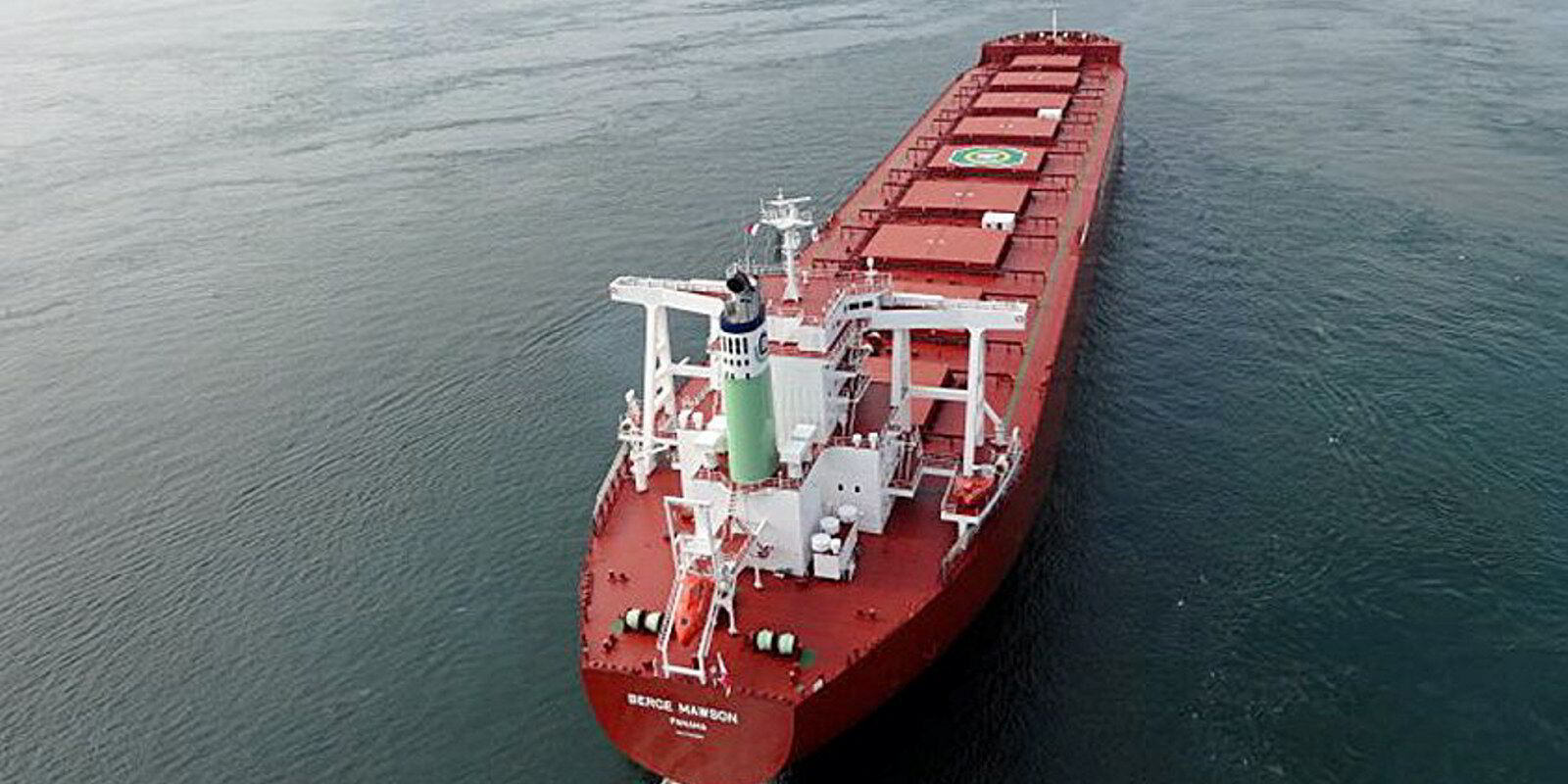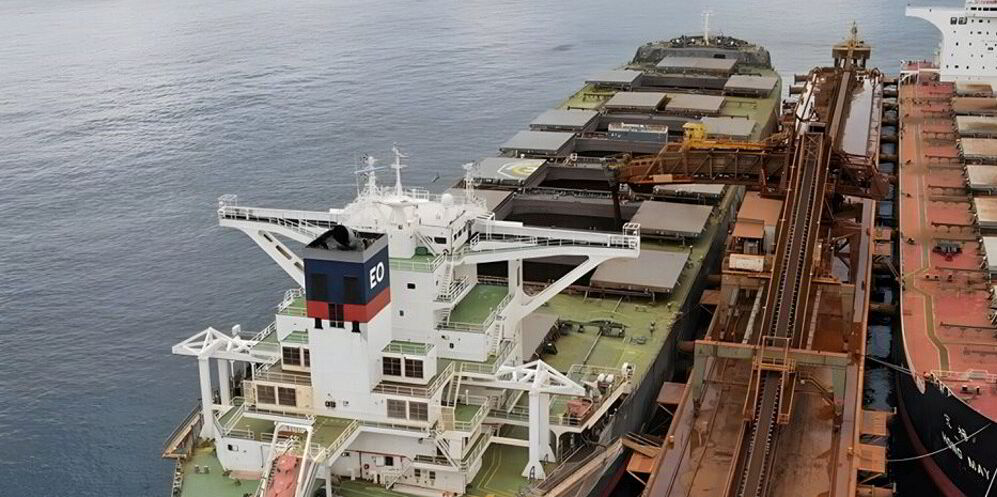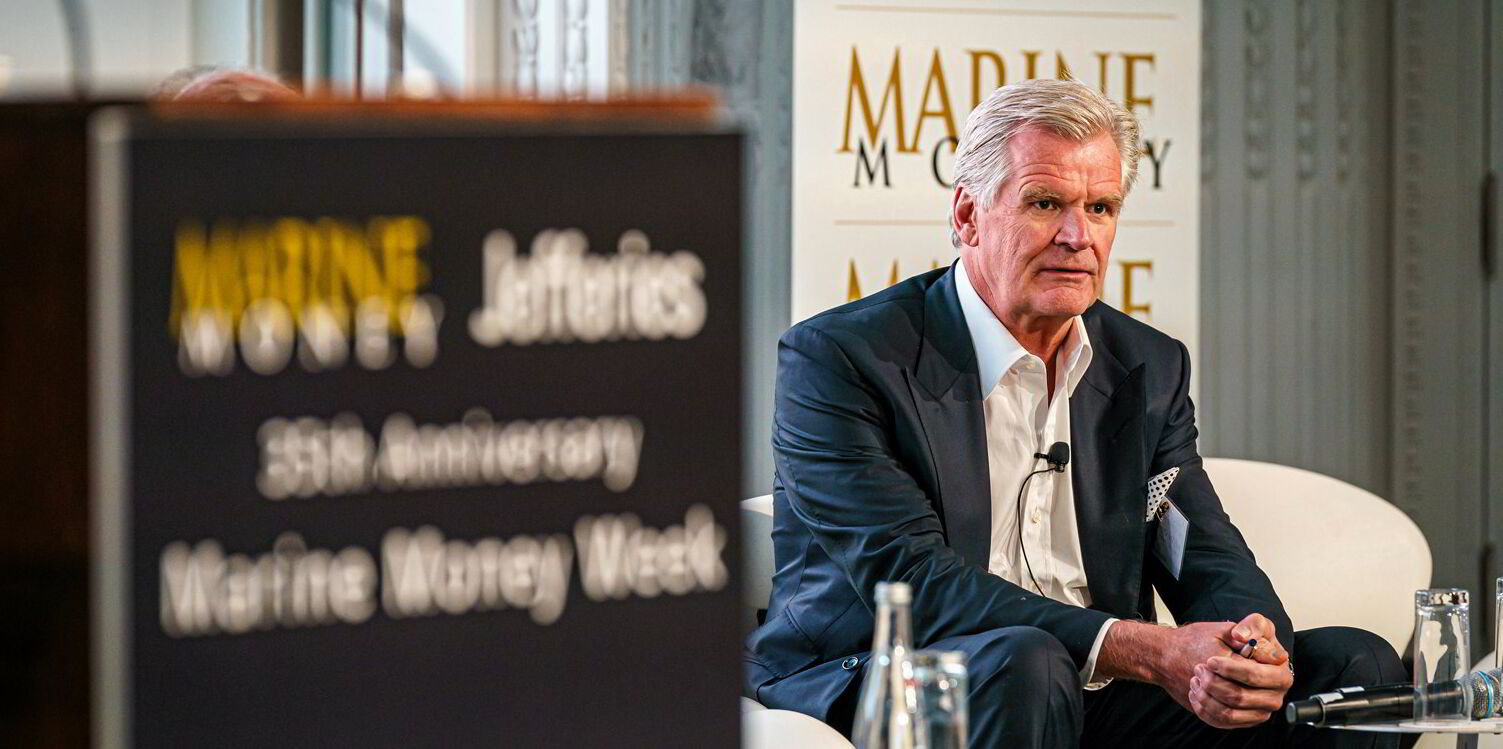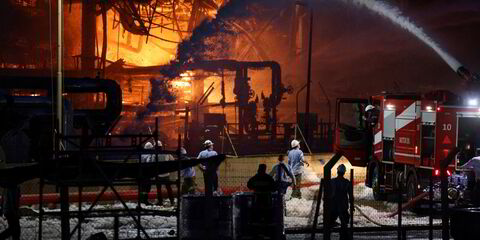Capesize rates continue their buoyant streak and are closing in on a four-week peak.
The Baltic Exchange has global averages at $23,608 per day today, up from $23,100 per day yesterday, as it approaches highs of about $24,000 seen a month ago.
This comes as somewhat of a surprise as capesizes have generally traded in the narrow range over the past month, between $19,000 per day and $23,000 per day, dipping to a low of $18,986 per day on August 1.
“Recent strength has been driven by increased activity in the Pacific, with all three major iron ore miners being active in the market at the end of last week,” Clarksons indicated.
All three big mining firms in Australia — Rio Tinto, BHP and Fortescue Metals Group — were active in the spot market last week, as previously reported.
Spot rates for iron-ore voyages from Western Australia to China were assessed at $11.01 per tonne today, compared to $10.755 per tonne on Monday, up more than 7% over the past week.
“On the Atlantic side, brokers report of owner optimism despite subdued activity, with the slight improvement in sentiment supporting rates,” Clarksons added.
“Brokers report that a surge in activity out of Brazil is also boosting sentiment in the Atlantic,” it added.
This is likely to continue as the second half of the year is traditionally the strongest period for iron ore exports out of Brazil.
The C3 capesize route from Tubarao, Brazil, to the Chinese port of Qingdao, was at $25.99 per tonne, up from Monday’s $25.215 per tonne, which was already a 2% weekly rise.
The resilience of capesize rates comes despite the weakening steel market globally, Jefferies outlined, with Chinese hot-rolled prices falling from $500 per tonne to $450 per tonne since mid-July and the price in the rest of Asia falling similarly from $540 per tonne to $480 per tonne.
“The softer steel prices have impacted iron ore prices as well, although seaborne cargo movements remain elevated. This is due in part to much lower China domestic iron ore production recently,” Jefferies added.
Chinese iron ore imports hit a six-month high in July at 102.8 mt, up year on year by 6.7%, according to official trade data.
Iron ore production in the same month declined to just 70 mt versus 96 mt in June and the 2024 monthly average of 91 mt.
In fact, the July production figure is the lowest since early 2021 when output had fallen to roughly 65 mt.
Looking ahead, bauxite exports from Guinea are expected to bolster capesize sentiment, although weaker iron ore demand from China may offset these gains, Intermodal added.





